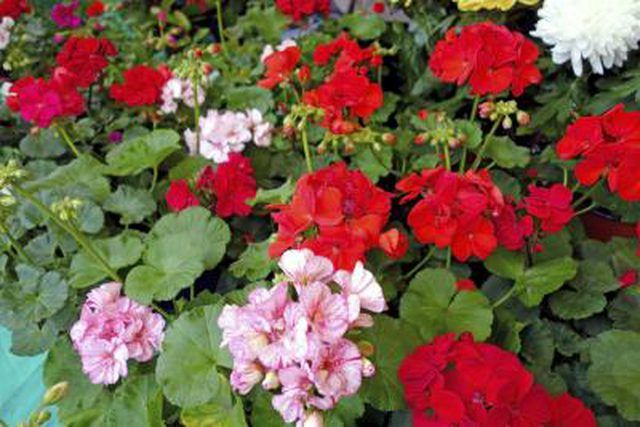Bulbs
Flower Basics
Flower Beds & Specialty Gardens
Flower Garden
Garden Furniture
Garden Gnomes
Garden Seeds
Garden Sheds
Garden Statues
Garden Tools & Supplies
Gardening Basics
Green & Organic
Groundcovers & Vines
Growing Annuals
Growing Basil
Growing Beans
Growing Berries
Growing Blueberries
Growing Cactus
Growing Corn
Growing Cotton
Growing Edibles
Growing Flowers
Growing Garlic
Growing Grapes
Growing Grass
Growing Herbs
Growing Jasmine
Growing Mint
Growing Mushrooms
Orchids
Growing Peanuts
Growing Perennials
Growing Plants
Growing Rosemary
Growing Roses
Growing Strawberries
Growing Sunflowers
Growing Thyme
Growing Tomatoes
Growing Tulips
Growing Vegetables
Herb Basics
Herb Garden
Indoor Growing
Landscaping Basics
Landscaping Patios
Landscaping Plants
Landscaping Shrubs
Landscaping Trees
Landscaping Walks & Pathways
Lawn Basics
Lawn Maintenance
Lawn Mowers
Lawn Ornaments
Lawn Planting
Lawn Tools
Outdoor Growing
Overall Landscape Planning
Pests, Weeds & Problems
Plant Basics
Rock Garden
Rose Garden
Shrubs
Soil
Specialty Gardens
Trees
Vegetable Garden
Yard Maintenance
How to Deadhead Geraniums
How to Deadhead Geraniums. For a versatile plant that puts on a showy display of flowers, few can top the garden geranium (Pelargonium spp.). Geraniums generally grow as annuals in all parts of the United States, although a few varieties are perennials in U.S. Department of Agriculture plant hardiness zones 10 through 11. Geraniums usually bloom...

For a versatile plant that puts on a showy display of flowers, few can top the garden geranium (Pelargonium spp.). Geraniums generally grow as annuals in all parts of the United States, although a few varieties are perennials in U.S. Department of Agriculture plant hardiness zones 10 through 11. Geraniums usually bloom nonstop during the growing season, but you can boost the number of flowers while keeping the plant looking tidy by removing spent blossoms, a process called deadheading.
Deadheading Method
Geraniums produce flower heads that grow at the end of short stiff stems, with each flower made up of five petals and several flowers in each cluster. They generally bloom in spring and summer. To deadhead flowers that have started to fade and turn brown, snip the wilted flowers off the plan with sharp shears, cutting at the base of the thin stem that supports the flower cluster. If petals have already fallen off the plant, you'll see bare stems sticking out beyond the foliage like short spikes; remove these also when deadheading. Clean blades between each cut with rubbing alcohol to prevent spread of plant diseases.
Extended Flowering
Deadhead geraniums whenever you notice faded or brown blooms. If you leave flowers on a geranium until petals fall, the plant funnels energy into making seeds from the remaining flower parts. By deadheading geraniums regularly, you'll prevent seed production and extend the length of the flowering season by forcing more energy into flower production. Once you've deadheaded the plant, keep it well-watered and don't allow the soil to dry out completely. Extended periods of dryness can cause leaves to wilt, turn yellow and drop from the plant, which can also deprive the plant of energy needed for flowers. Give supplemental water so the plant receives about 1 inch of water weekly, including rain.
Fertilization for Blooms
It's also important to fertilize a geranium regularly during the growing season so it puts out as many new flower buds as possible after deadheading. In spring, when you plant new geraniums, give them about 1 pound of granular, 10-20-10 fertilizer for every 100 square feet of planted area, mixing the fertilizer into the soil well. To boost blooming throughout the season, repeat fertilization every four to six weeks, watering plants at the base with a water-soluble 10-20-10 fertilizer to prevent disturbing roots. Dilute the fertilizer at a rate of 1/4 teaspoon per gallon of water, but check the product label for additional directions.
Other Pruning
Help a geranium develop a bushy form that becomes flush with flowers later in the season by pinching or snipping off growing tips on young plants, which promotes branching and spreading of the plant as it grows. As the end of the season nears, dig up and pot garden geraniums to over-winter indoors, bringing them back outdoors the following spring. Trim the plants back so each stem has a few leaves and put them in pots with garden soil. Choose only healthy, insect- and disease-free plants, and keep them in a cool spot with bright light such as a west- or south-facing window. Water the plants well when you first pot them, then keep them a bit dry during winter, watering only when soil feels dry to the touch.